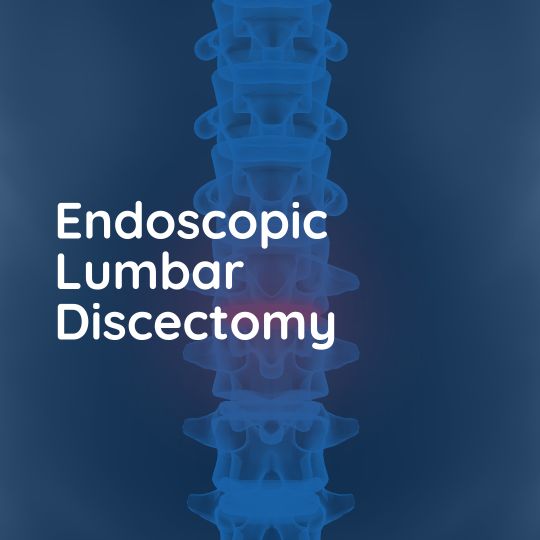
Endoscopic Lumbar Discectomy
Endoscopic Lumbar Discectomy (ELD) is a minimally invasive surgical procedure that is performed to remove a herniated disc in the lower back.
Causes
Symptoms
Treatment
Causes
ELD is typically recommended for patients with a herniated disc that is causing lower back pain and leg pain. The herniated disc can put pressure on the nerves in the spine, causing pain and discomfort.
Symptoms
The symptoms of a herniated disc in the lower back can vary depending on the individual, but may include lower back pain, leg pain, numbness or tingling in the legs, and weakness in the legs.
Treatment
Non-surgical treatments such as physical therapy, medication, and injections are usually the first line of treatment for a herniated disc. However, if these treatments do not provide relief, ELD may be recommended. During the procedure, a surgeon will make a small incision in the back and use an endoscope to remove the herniated portion of the disc.
How is it done?
The patient is positioned on an operating table in a sterile environment and an x-ray machine is used to localise the damaged disc, previously demonstrated on an MRI scan. The patient is given either a light general anaesthetic, or a sedative (if required). Local anaesthetic is injected into the proposed incision site and into the muscles below and a small incision, around 1cm is made in the skin. This is typically around 3cm off to the side of the spine, on the side that is painful. A blunt probe is then passed down to open up the track and the endoscope is then introduced. This is connected to a monitor, so that the surgeon gets a very clear view of the anatomy. The disc fragment can usually be seen under the nerve root, which is gently moved off it and the disc fragment is pulled out. After checking that the nerve is free, the endoscope is removed and the wound is closed with either stick-on strips or a single stitch.
What is the recovery like?
Most patients recover very quickly, but the wound track can be sore for a week or so after the local anaesthetic wears off (typically within 6-8 hours). Physiotherapy is then required to strengthen the muscles to protect this disc and to get the patient moving properly again. Most patients will be back at work within a few days, but need to avoid heavy duties for several weeks, depending on their posture, work-load, positions etc. Driving is best avoided for a few weeks, as emergency stops would cause pressure on the disc, potentially causing another herniation.
What are the risks?
As with any operation there is a risk of infection, or of bleeding, which would lead to bruising in the muscles. There is a risk of nerve root damage, which could lead to permanent pain in the leg, as well as weakness and/or numbness – this is rare. There is a late risk of the disc bulging again, if another piece starts to herniated out – this is reduced by the physiotherapy post-operatively.
More Spinal Conditions
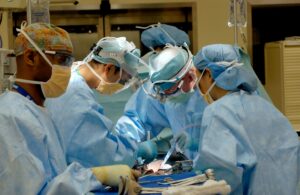
Spine Tumor Surgery in Karachi: Leading the Way with Prof. Dr. Akbar Ali Khan, Best Neurosurgeon in Pakistan

Advancing Spinal Health: Understanding Vertebrectomy with Prof. Dr. Akbar Ali Khan
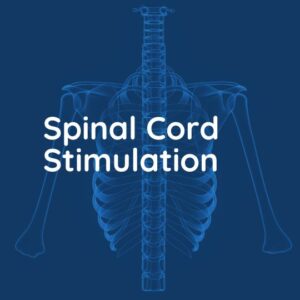
Spinal Cord Stimulation

Kyphoplasty and Vertebroplasty
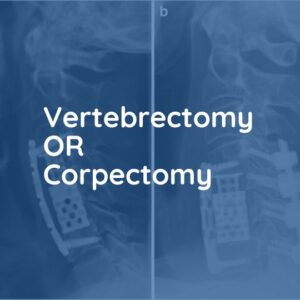
Vertebrectomy/Corpectomy

Foraminotomy

Cervical Disc Replacement

Anterior Cervical Discectomy and Fusion
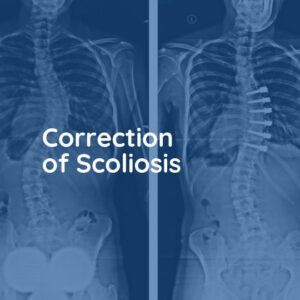
Correction of Scoliosis

Thoracic Discectomy
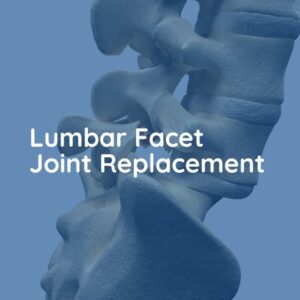
Lumbar Facet Joint Replacement
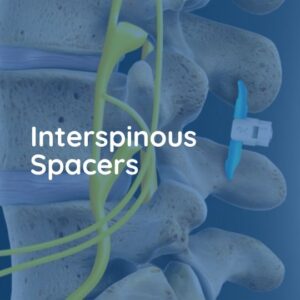
Interspinous Spacers

Endoscopic Lumbar Discectomy

Laminectomy
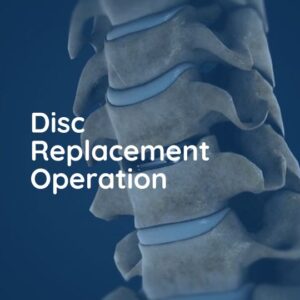
Disc Replacement Operation
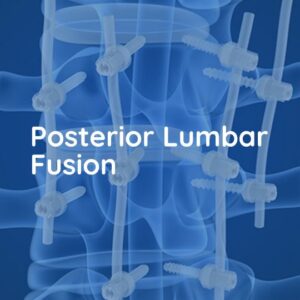
Posterior Lumbar Fusion


